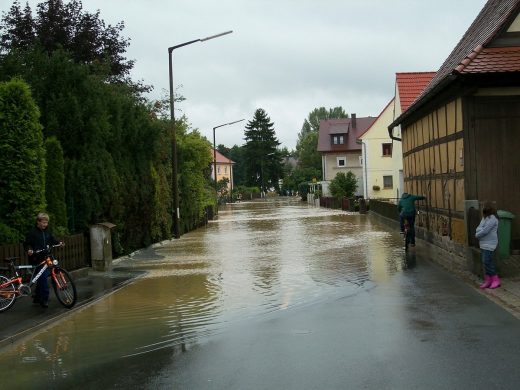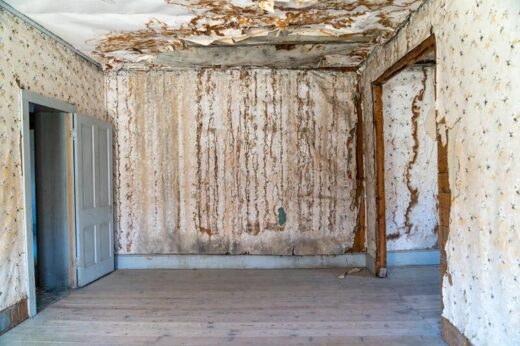Commercial water restoration service selection, Building ceramic tile guide, Homeowner property restoration advice
How Architectural Insights Influence Commercial Water Restoration Service Selection
26 April 2024
In the realm of commercial spaces, the impact of architectural design extends far beyond aesthetics. Architectural choices can significantly influence the need for and selection of water restoration services. Whether it’s a sprawling office complex, a retail outlet, or a manufacturing facility, the design elements within these spaces can either mitigate or exacerbate water damage. Understanding the nuanced interplay between architecture and water damage is crucial for making informed decisions when selecting water restoration services.
The Role of Building Materials
One of the primary factors shaping water damage risk is the selection of building materials. Porous materials such as drywall, wood, and carpeting are more susceptible to water infiltration and subsequent damage. Conversely, materials like concrete, metal, and ceramic tile offer greater resistance to water, reducing the potential for extensive harm. When evaluating commercial spaces for water restoration needs, the composition of these materials serves as a critical determinant.
Structural Vulnerabilities
Architectural design can also influence the structural vulnerabilities of a commercial property. Poorly constructed or aging infrastructure may have weakened structural elements, increasing the likelihood of water-related incidents such as leaks or floods. Factors such as inadequate drainage systems, compromised seals, and faulty piping contribute to the vulnerability of a building to water damage. Water restoration services must address these structural weaknesses to prevent recurring issues and ensure the long-term integrity of the property. By understanding the architectural nuances of a building, restoration professionals can implement targeted solutions to reinforce weak points and mitigate future water damage risks.
Spatial Layout and Flow Dynamics
The spatial layout of a commercial building plays a crucial role in determining the flow dynamics of water in the event of a leak or flood. Open floor plans, for instance, may facilitate the rapid spread of water across large areas, amplifying the scope of damage. Conversely, compartmentalized spaces with well-defined barriers can contain water intrusion, limiting its impact on adjacent areas. Additionally, the placement of utilities, such as electrical systems and HVAC infrastructure, can pose significant challenges for water restoration efforts.
Technological Integration and Innovation
Advancements in technology are reshaping the landscape of water restoration services, offering innovative solutions to address architectural challenges. From moisture detection sensors to advanced drying equipment, technological integration enhances the efficiency and effectiveness of restoration efforts. Building information modeling (BIM) software enables water restoration technicians to analyze architectural data and simulate scenarios to optimize restoration strategies. Additionally, the use of drones for aerial inspections and thermal imaging for detecting hidden moisture pockets revolutionizes the assessment and monitoring of water damage. By leveraging these technological innovations, water restoration services can deliver timely and precise solutions tailored to the architectural complexities of commercial properties.
Environmental Considerations
Architectural features interact with environmental factors to influence water damage risks. Buildings located in flood-prone areas or regions susceptible to severe weather events face heightened exposure to water-related hazards. Moreover, climatic conditions such as humidity levels and temperature fluctuations can impact the rate of water evaporation and mold growth following a water incident. Sustainable architectural practices, including the use of green infrastructure and water-efficient design elements, can mitigate environmental risks and enhance resilience against water damage. Water restoration services must adapt their methodologies to account for these environmental variables, employing specialized techniques and equipment to address unique challenges presented by different architectural contexts.
Regulatory Compliance and Building Codes
Compliance with regulatory standards and building codes is essential for ensuring the safety and integrity of commercial properties. Architectural designs that deviate from established codes may compromise structural stability and increase susceptibility to water damage. Building codes dictate requirements for drainage systems, waterproofing measures, and floodplain management, among other considerations, to mitigate the risk of water intrusion. By adhering to established codes and standards, restoration professionals can uphold the structural integrity of commercial buildings and minimize the likelihood of future water-related incidents.
Collaboration and Communication
Effective collaboration between architects, building owners, and water professional services is paramount for mitigating water damage risks and facilitating seamless recovery efforts. Architects can incorporate water-resistant design principles and preventive measures into their designs, reducing the likelihood of water-related incidents. Building owners play a crucial role in maintaining infrastructure and implementing proactive maintenance practices to safeguard against water damage. Clear and open communication channels ensure alignment of objectives and coordination of efforts throughout the restoration process, ultimately optimizing outcomes and minimizing downtime.
Architectural insights wield considerable influence over the selection of commercial water restoration services. By understanding the interplay between architectural design and water damage risks, stakeholders can make informed decisions to mitigate vulnerabilities and safeguard against potential disasters. From building materials and structural considerations to spatial layout and regulatory compliance, every aspect of architectural design shapes the restoration process. Collaboration, technological innovation, and adherence to best practices are essential for effectively addressing water damage challenges in commercial settings. By embracing a holistic approach that integrates architectural insights with specialized expertise, stakeholders can enhance the resilience and longevity of commercial properties in the face of water-related threats.
Comments on this guide to Commercial water restoration service selection article are welcome.
Water / Floods Articles
Water / Floods Posts
Water damage from leaks: construction lawsuits

Water damage cleanup and repair service
Architects and Architecture
Architects and Architecture by Type – architectural selection below:
Comments / photos for the Commercial water restoration service selection advice page welcome.








